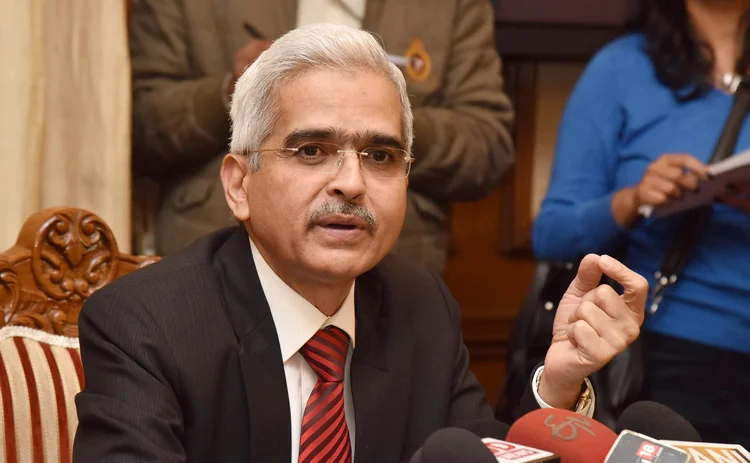India Q2 earnings reveal mixed outcomes
India’s Q2 earnings season reveals mixed outcomes: some large firms report modest gains while others post declines, reflecting structural divergence in demand, cost pressures and credit dynamics even as macro growth remains intact.

India’s Q2 FY 26 earnings season reveals a mixed corporate-performance landscape, underscoring divergent trajectories across sectors and signalling caution for near‐term earnings-momentum narratives. According to aggregated results and live updates from major firms, while several large-cap companies reported modest profit growth, others posted notable declines or flat outcomes, highlighting structural transition as much as cyclical fluctuation.
Mechanistically, the divergence reflects multiple forces. On one hand, firms in digital services, telecoms and selective manufacturing are benefiting from strong domestic demand, formal-sector credit growth and structural reform tailwinds. On the other, companies exposed to commodity cycles, capital-goods ordering, rural demand drag or input-cost inflation are under pressure. For example, some firms reported modest profit gains (e.g., single-digit) even as revenue growth slowed, demonstrating margin compression. Others posted outright declines as cost inflation, weak demand and higher borrowing costs collided.
At a macro level, the mixed earnings results suggest that while India’s overall growth momentum remains intact (supported by recent upgrades from rating agencies), the translation into corporate profits is uneven. This unevenness has implications for investment flows, equity-market leadership and credit dynamics. Firms with weaker earnings may face tighter financing conditions, moderated capex plans and increased revenue risk—particularly if rural demand lags and global headwinds bite.
The equity market is already pricing selective risk: stock dispersion is increasing, with heavy-cap winners diverging from mid-cap disappointers. For the broader economy, this divergence highlights that transition toward higher-value manufacturing and services remains incomplete. Job creation and productivity gains remain uneven, and firms outside reform-tail sectors may struggle to keep pace.
In markets, the initial reaction has been cautious. The Nifty 50 edged lower in intraday session following trailing-box-office firms’ weak results, while financial stocks showed relative resilience—with banks benefiting from rising credit demand and higher interest-rate spreads. However, banks tied to rural and micro-finance portfolios remain exposed to asset-quality risk if slower revenues persist in rural enterprises.
Looking ahead, key forward indicators include sectoral earnings-growth dispersion, aggregate capex spend tracked via construction-activity indexes, rural wage growth data (e.g., ANRA-AWC survey), and corporate-balance-sheet leverage trends. If broad-based firms can deliver 10–12% profit growth in H2, the trend may stabilise; if instead earnings disappoint broadly, investor risk premia may increase and equity-market upside may be constrained.
Overview, India’s Q2 results reinforce that while growth remains structurally oriented upward, the corporate-profit engine is delivering unevenly—signalling a nuanced investment landscape where selective plays matter more than broad exposure.





